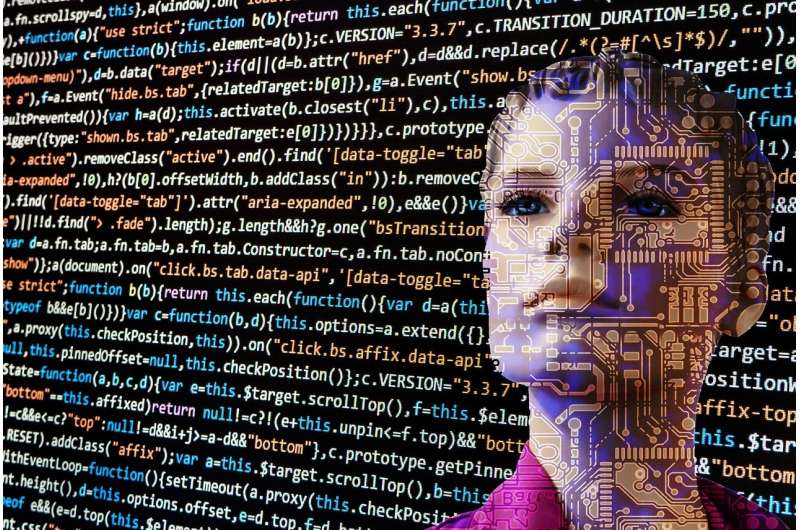
Researchers have developed a new AI algorithm, called Torque Clustering, that is much closer to natural intelligence than current methods. It significantly improves how AI systems learn and uncover patterns in data independently, without human guidance.
Torque Clustering can efficiently and autonomously analyze vast amounts of data in fields such as biology, chemistry, astronomy, psychology, finance and medicine, revealing new insights such as detecting disease patterns, uncovering fraud, or understanding behavior.
“In nature, animals learn by observing, exploring, and interacting with their environment, without explicit instructions. The next wave of AI, ‘unsupervised learning’ aims to mimic this approach,” said Distinguished Professor CT Lin from the University of Technology Sydney (UTS).
“Nearly all current AI technologies rely on ‘supervised learning,’ an AI training method that requires large amounts of data to be labeled by a human using predefined categories or values, so that the AI can make predictions and see relationships.
“Supervised learning has a number of limitations. Labeling data is costly, time-consuming and often impractical for complex or large-scale tasks. Unsupervised learning, by contrast, works without labeled data, uncovering the inherent structures and patterns within datasets.”
A paper detailing the Torque Clustering method, “Autonomous clustering by fast find of mass and distance peaks,” has been published in IEEE Transactions on Pattern Analysis and Machine Intelligence.
The Torque Clustering algorithm outperforms traditional unsupervised learning methods, offering a potential paradigm shift. It is fully autonomous, parameter-free, and can process large datasets with exceptional computational efficiency.
It has been rigorously tested on 1,000 diverse datasets, achieving an average adjusted mutual information (AMI) score—a measure of clustering results—of 97.7%. In comparison, other state-of-the-art methods only achieve scores in the 80% range.
“What sets Torque Clustering apart is its foundation in the physical concept of torque, enabling it to identify clusters autonomously and adapt seamlessly to diverse data types, with varying shapes, densities, and noise degrees,” said first author Dr. Jie Yang.
“It was inspired by the torque balance in gravitational interactions when galaxies merge. It is based on two natural properties of the universe: mass and distance. This connection to physics adds a fundamental layer of scientific significance to the method.
“Last year’s Nobel Prize in physics was awarded for foundational discoveries that enable supervised machine learning with artificial neural networks. Unsupervised machine learning—inspired by the principle of torque—has the potential to make a similar impact,” said Dr. Yang.
Torque Clustering could support the development of general artificial intelligence, particularly in robotics and autonomous systems, by helping to optimize movement, control and decision-making. It is set to redefine the landscape of unsupervised learning, paving the way for truly autonomous AI. The open-source code has been made available to researchers.
More information:
Jie Yang et al, Autonomous clustering by fast find of mass and distance peaks, IEEE Transactions on Pattern Analysis and Machine Intelligence (2025). DOI: 10.1109/TPAMI.2025.3535743
University of Technology, Sydney
Citation:
New algorithm improves how AI can independently learn and uncover patterns in data (2025, February 11)
retrieved 11 February 2025
from https://techxplore.com/news/2025-02-algorithm-ai-independently-uncover-patterns.html
This document is subject to copyright. Apart from any fair dealing for the purpose of private study or research, no
part may be reproduced without the written permission. The content is provided for information purposes only.










